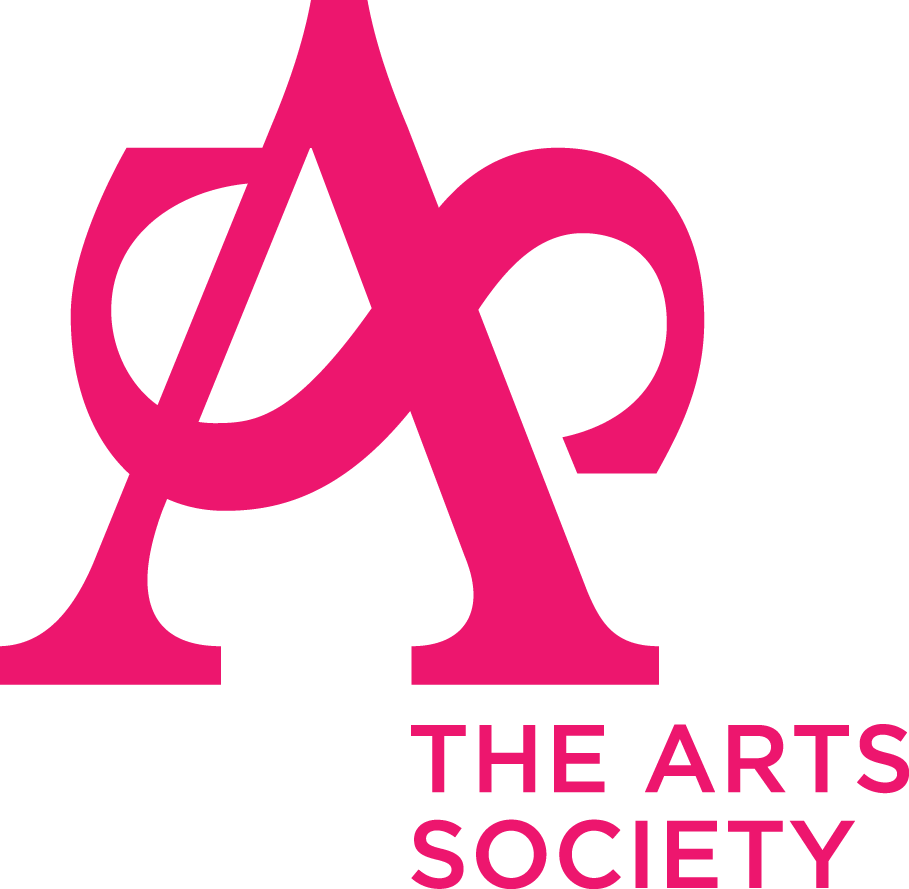Everything Baroque: Royals, properties, interiors and gardens and the role of women in Baroque Art
The day is divided into three sessions with a sumptuous lunch after lecture two. Tea and coffee and soft drinks are provided. The day has a maximum of 50 guests so that we may socialise in the breaks and get to know fellow members and maybe even speak with the lecturer.
1. Royal Baroque
From its origins in the Catholic Counter-Reformation, the Baroque style was closely associated with power and spectacle. At the Restoration court, Charles II drew on continental precedent to fill his palaces with luxurious paintings and furnishings. In our first lecture, we will look at the artists and craftsmen who helped the Stuart monarchs to re-establish a magnificent monarchy, following the austerity and uncertainty of the Civil Wars and Interregnum.
2. The Baroque Country House
While the court set artistic fashion, many nobles were also keen to establish their own status as patrons of the arts, and many of Britain’s best-loved country houses were built or refurbished in the ‘Baroque’ period. In this lecture, we will visit of the most iconic houses of the age, including Chatsworth, Petworth and Blenheim. We will meet the people who created them, and take in some of the highlights of their sumptuous interiors, gardens and art collections.
3. Queens, Consorts & Courtiers: Female Art Patrons
What was the role of women in British Baroque art? In an era when married women’s property automatically belonged to their husbands, could women still be patrons? Female patronage has often been hidden within the historical record, but new research has shown that the patronage of these women has been considerably underestimated. From Queen Catherine of Braganza’s patronage of Catholic artists, to the Duchess of Marlborough’s politically-charged London mansion, we will look at some of the most important works of art and architecture commissioned by women, and consider how they used art to carve out their position in society.
Image: Portraits Sir-Anthony-van-Dyck-Lord-John-Stuart-and-His-Brother-Lord-Bernard-Stuart
How to book this event:
This event is open to guests £55 + £4.20 booking fee. Book here
THE ARTS SOCIETY ACCREDITED LECTURER

Dr Amy Lim
Dr Amy Lim is an art historian and curator, specialising in British fine and decorative arts from the seventeenth to twentieth centuries. She is curator of the Faringdon Collection at Buscot Park, Oxfordshire, and of the Stanley Spencer Gallery, Cookham. She is also an exhibition researcher at Tate, contributing to British Baroque: Power and Illusion (2020) and the forthcoming Women Artists in Britain. Amy has degrees in History and Literature & Arts from the Universities of Oxford and Cambridge. She runs an online art dealership, and has published articles and essays on a variety of art-related topics from gothic garden monuments to female patronage.
OTHER EVENTS
A history of tea and its influence on silver, ceramics legends and houses!
Exploring the life and art of Marianne North; Victorian traveller and collector, whose work can be found at Kew.





